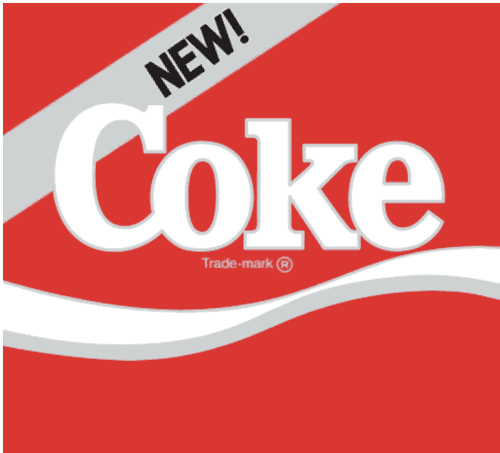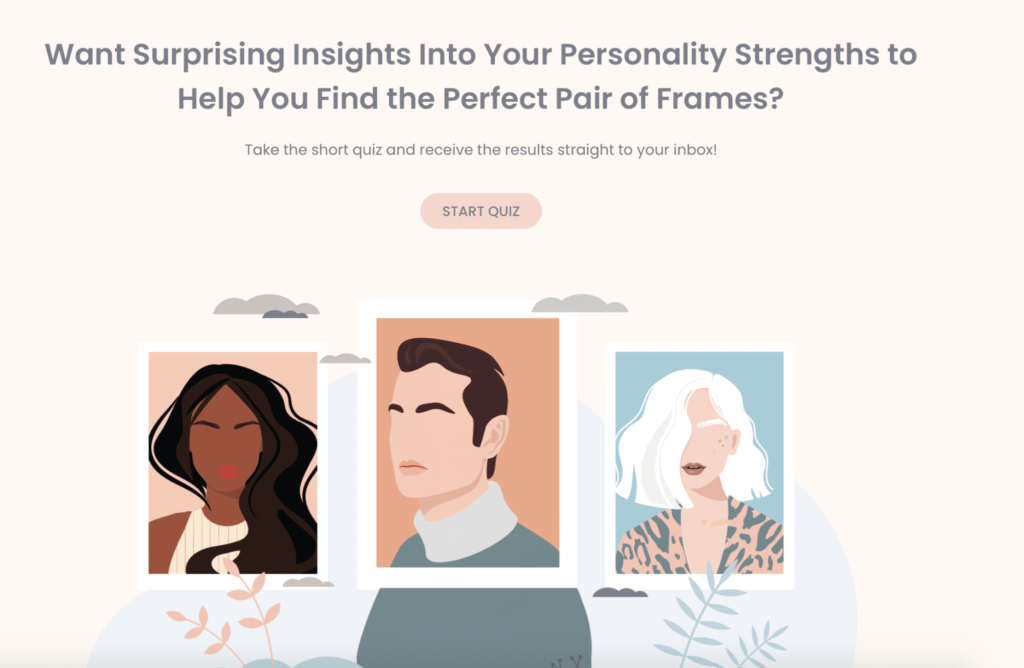Newness is overrated.
If you think we’re just saying that, take a look at this data:
In a study of 81 brands that debuted new campaigns, only 20% of those new campaigns were outperforming the old campaigns that they replaced by the end of a year.
LinkedIn and Edelman’s recent B2B research into what CXOs want from thought leadership echoes this truth. When the research team asked 1,200 CXOs what makes good thought leadership, relevance was the top of the list—originality, or newness, was way further down.
In light of this research, it’s a good idea for any B2B brand to take a long hard look at their marketing and what they’re pushing. Are you spending more time looking for new, “better” ideas, or relevant ones?
Let’s take a look at how to break the marketing addiction to newness and move toward relevant, time-tested ideas.
First, let go of the idea that new is better.
New products, new ad campaigns, new platforms, new tools—new things tend to have initial, immediate appeal to us because they’re shiny and exciting.
This is what often leads brands to roll out new “improved” versions of their best-selling products, in an attempt to capture more attention and drive excitement from consumers.
But all you have to do is think of the cautionary tale of “New Coke” to see why this strategy is far from a guaranteed success. Coke, in an attempt to regain market share after Pepsi started cutting into their customer base, revamped their classic formula to create something new—and failed spectacularly.

If a product is popular, there’s a reason. Adding to, changing, or updating it may be tempting, and of course, there are cases in which this is the right decision—but before you decide to go tampering with it, make sure you’re doing it to deliver actual improvements, rather than to generate buzz or reignite excitement about your brand. If you don’t, the changes you hoped would help your brand grow could end up backfiring.
Examine your brand’s ad campaigns, marketing campaigns, and thought leadership topics that have continued to succeed.
Now that you’ve relinquished the very powerful bias toward “new” (or at least you’ve started to—it’s a bit of a process!), start examining the campaigns your brand has run that continue to bring in prospects, customers, and attention.
In Zen’s case, we have one blog post that’s been incredibly popular for years: 60 Most Commonly Asked Questions About Digital Marketing – Answered! It’s straightforward and simple, neither flashy nor terribly exciting, but it continues to bring in traffic year after year. So people are finding it valuable.
Are the ideas in it new? Not particularly. This isn’t one of our thought leadership posts where our CEO or members of our team present their opinions on trends and developments in the B2B PR or B2B marketing industries. It’s pure information, and it turns out that that is precisely what many of our incoming clients are after.
So while we do, of course, continue to put out new content, that post is something we’ll keep updating for years to come.
What’s the B2B content or campaign that does this for your brand? What ad copy do people continually respond to? Once you’ve found it, make sure you keep it going. You may also want to do some analysis so you can discern (hopefully) what exactly people are responding to and why. Then you can use that information to make more B2B content or another campaign that also incorporates those desirable elements.
Incorporate time-tested ideas into new marketing content.
Prioritizing relevance over originality doesn’t mean ignoring great new ideas. These great new ideas can have a better chance of being effective, however, if they’re rooted in something known and familiar.
Here’s an example. Our team recently created an interactive “Find Your Frame” quiz for an eyewear client. The idea was to help customers find the perfect eyeglass frame for their personality by answering a few questions in a beautifully designed online environment.

It was a new type of B2B content strategy for this client—they’d never ventured into interactive content like this before—but the content format itself (a personality quiz) is about as time-tested as they come. Just think how popular Buzzfeed quizzes are.
The bottom line: If it ain’t broke, don’t fix it.
Sure, that’s easy to say, but it’s surprisingly difficult for marketers to actually do. That’s because there are so many pressures pushing against this simple idea.
For one, it gets boring to run the same campaign year after year (or even just month after month). Creatives are creatives for a reason—most would rather be developing new ideas than sticking with what they came up with five years ago.
For another, there’s often a lot of downward pressure on marketing departments to continually generate new, improved ideas, campaigns, marketing methods, etc. Many executives labor under the popular but false idea that marketing has to continually be reborn in order to be effective.
As we’ve seen, the data proves this isn’t true. But that doesn’t always make it easier to tell your CEO that no, you’re not going to revamp the old campaign you’ve been running the past three years even though they think it’s time.
Seeking out what your customers find relevant and valuable will always be more effective than trying to reinvent the wheel.
Trust your audience: if they like something, keep giving it to them. And when you do create new campaigns, B2B content, or thought leadership, tie it to something familiar to give your audience something to ground their experience in.
Read more on creating relevant content, here: What’s “Relevant Content” in B2B Content Marketing?









